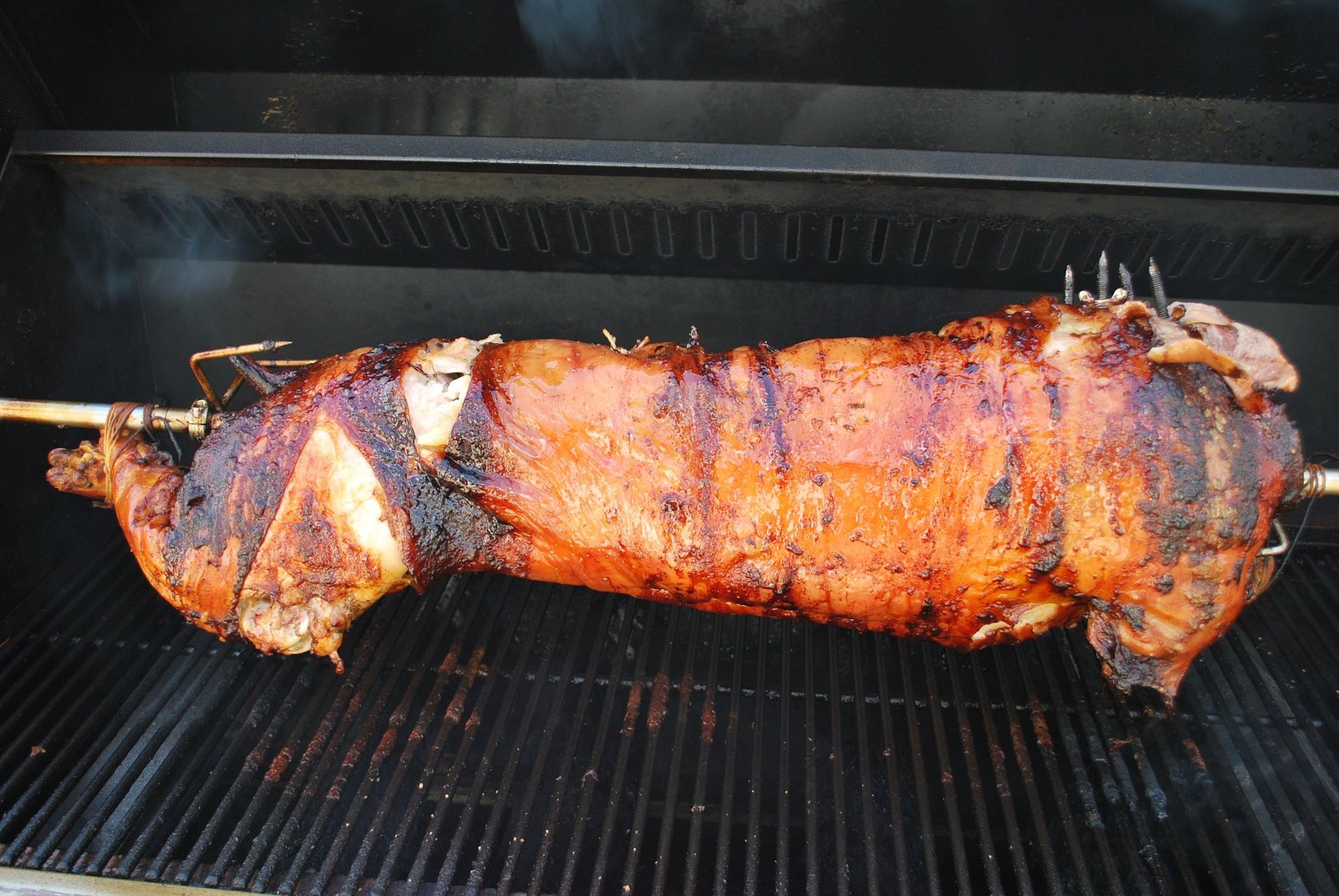Serbian food was influenced by Turkish, Hungarian, and Greek cuisine
Because of the burning history of the Balkans, Serbian food and cuisine are influenced by Turkish, Hungarian, and Greek foods. The most common foods include beans (a stew made of beans and pork ribs), sarma (cabbage leaves stuffed with milled meat and rice), barbecue (barbeque, grilled meats), cevapcici (small, elongated minced meatballs served with chopped onions), and stuffed peppers (stuffed peppers). Roasted pork or lamb, served with potatoes, is favored on special occasions.
Typical cheeses include kajmak (made from the skin of boiled milk) and shady cheese (a hard cheese has often crumbled on a shop in the city, and a Greek-style salad). Locally grown products include cabbage, lettuce, tomatoes, potatoes, carrots, sweet peppers (paprikas), apples, pears, watermelons, and strawberries. Bread (usually white) is eaten with each meal, and wine is served at the main meal. Coffee and juices are also consumed; tea is taken more during illness.
Since the working day begins at 8 AM or 9 AM, people usually have their breakfast at 10 AM, which in rural areas can be a substantial meal. The main meal of the day is lunch (lunch), around 2 PM or 3 PM. This is usually a heavy meal that includes a soup and a meat dish. Dinner is usually a light snack.
An important part of meals is rakija. It is a Serbian traditional drink that is usually served before lunch or dinner. Rakia is a sophisticated „strong drink “. It is exclusively made of the best quality fruits. It gives the feeling and sense of belonging to nature, preserves the flavors that memories are made of. If you are in Serbia, we can take you on a rakija tour where you can taste different types of this traditional drink.
If you are a guest in a Serbian family, you should eat more than you can
Guests invited to dinner are served meze (an antipasto of cheese and sausages) before the meal. When entertaining, it is important to offer more food than can be eaten; this is a sign of hospitality and wealth. Guests are offered food consistently during the meal, and it is customary to decline before accepting. Once guests have dropped another help once or twice, many hosts will not press them further. Guests are expected to finish all the food on their plate. Meals are times for conversation and social interaction.
10 traditional meals you should try in Serbia
1) AJVAR
Ajvar is a special type of salad, a specialty of Balkan cuisine (not only Serbian food), made of red pepper. It is used as an addition to many dishes, and most often as a bread spread. The ajvar is traditionally made in the autumn when it is full of peppers, and people eat it throughout the year.
Ajvar is made of hot and sweet peppers. Blue eggplant is usually added to peppers. It is prepared manually in open shingles on a wood stove. Before preparing the ajvar, the peppers are baked, carefully scrubbed, fried and ground. Before serving, it is usually added a small chopped, salted garlic.
2) KAJMAK
A dairy product similar to a white (peasant) cheese made from many layers of fat, skimmed off the top of the boiled milk once it cools off, and seasoned with salt. Depending on how long it is preserved, it can be either "young" or "old". Kajmak is exclusively a home-made product of the region to the south of the river Sava and the Danube River, the best types coming from the mountain area (Mt. Zlatibor, the Čačak area).
3) PROJA
This is a type of traditional cornbread. Cheese and kajmak can be added to it, sometimes even spinach or Swiss chard. Proja goes the best with sarma and boiled cabbage. Or it can be eaten for breakfast or dinner with yogurt (a type of sour milk).
4) PRŠUTA
Ham that was smoked and cured by drying. The most famous kind comes from Užice region.
5) SARMA
Cabbage rolls stuffed either with minced meat or rice, the letter suitable for those who avoid taking meat or are observing fast days. In the winter it is made of sauerkraut. In summers it is made of wine leaves or any similar edible green leaves may be used. Usually, it is being served with yogurt (the best is made of sheep milk).
Sarma should be cooked in a stove for about 2 to 2 and a half hours on low heat. The longer it cooks the more delicious it is.
Sarma is a noun that is derived from the Turkish verb sarmak, which means „to twist.“
6) LESKOVAČKI VOZ
Leskovački voz A specialty from southern Serbia, mostly the town of Leskovac, which therefore makes a part of its name; the word "voz" stands for "train", which refers to the way in which it is served. The dish consists of a variety of barbequed meat, served one after another in a long, pleasant evening. The "train" is made up of cevapcici, Serbian-style hamburgers, steaks, shish kebabs, sausages ... The order of its serving depends on the house, or on the patron's desires.
7) CEVAPCICI
Barbequed rolls of minced meat. Cevapcici are being served with chopped fresh onions, sometimes on kajmak as well. This kind of Serbian food is also traditional in neighboring countries of the Western Balkans.
8) WASHING
Or the roast, most often of a pig or a lamb. The whole animal is roasted either on a spit or in a spatial oven. The roast is an unavoidable dish at traditional feasts, such as weddings.


9) PITA
A pie made of thin (filo) sheets of dough, filled with various ingredients, rolled and baked in an oven. Depending on whether it is meant as a hors-d'oeuvre, the main dish, or dessert, the pastry's filling can be meat, mushrooms, white cheese, and spinach or Swiss chard, apples, sour cherries ...
10) SLATKO
A special type of very sweet preserves is similar to jam, but with pieces of fruit remaining whole. Visitors have shown a special liking for this treat; Nobel Prize winner Samuel Beckett mentioned sweet and his correspondence. A guest will be offered a teaspoon of sweet with a glass of water immediately after entering someone's home. It is also taken in the morning, before breakfast, although the custom is disappearing in cities. The best sweet is made from wild strawberries, bilberries, blackberries, plums, quince ... The selection is endless, and there is a type to satisfy anyone's taste.


